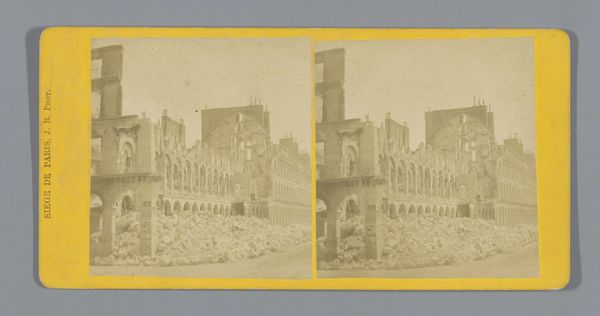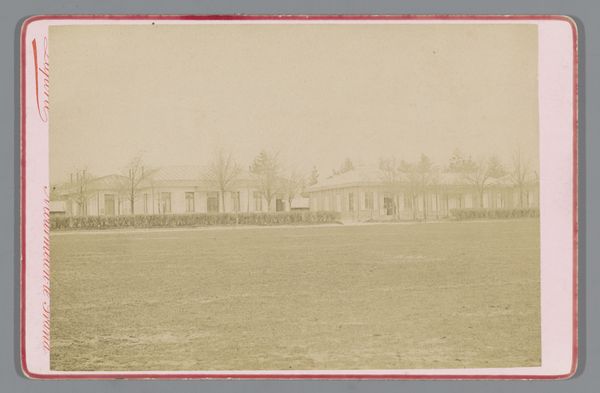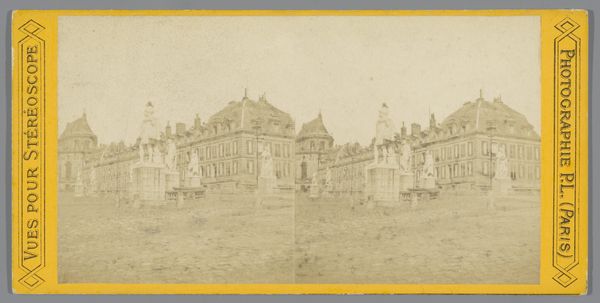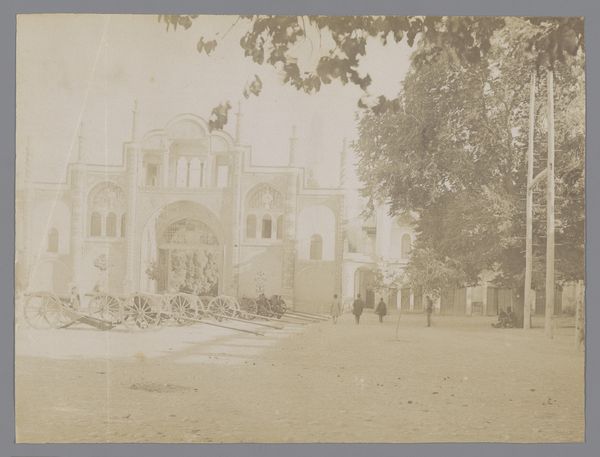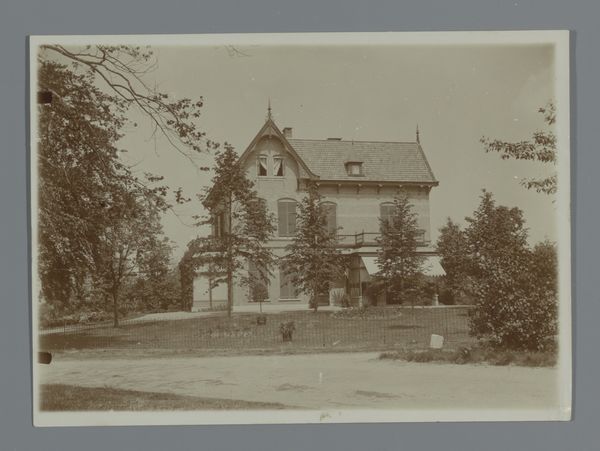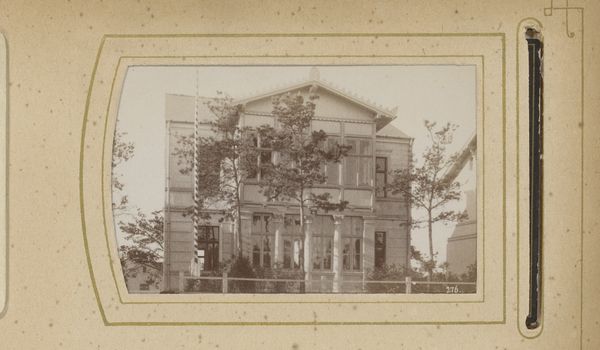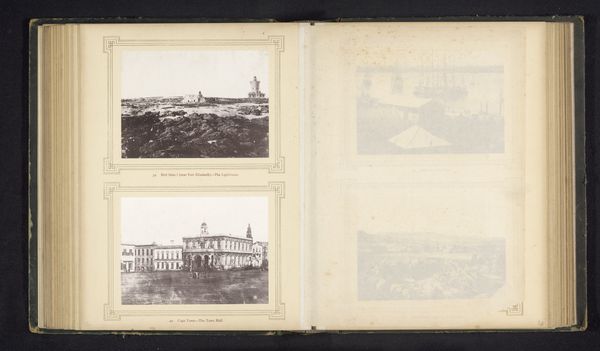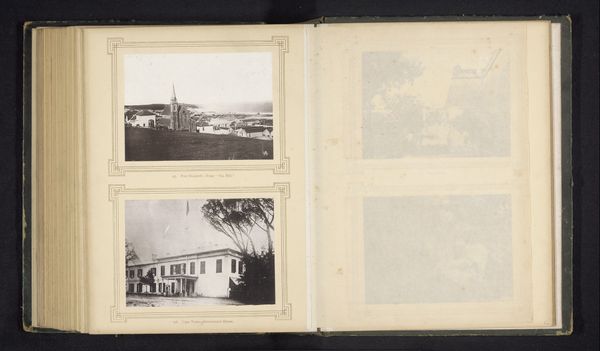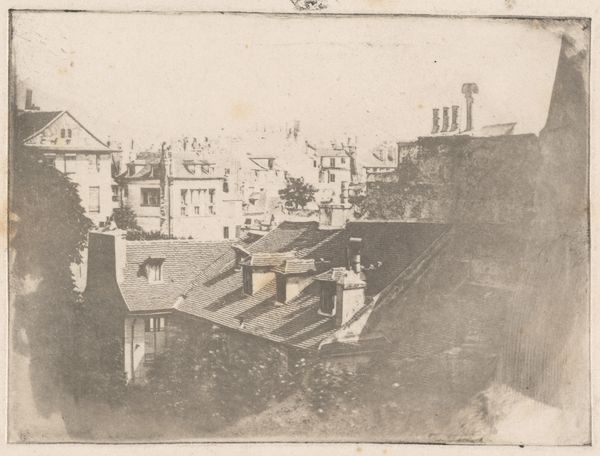
Dimensions: height 86 mm, width 173 mm
Copyright: Rijks Museum: Open Domain
Editor: So, here we have "Ruins of the Abbey of Villers in Villers-la-Ville," a photograph, probably a print, made sometime in the 1860s. The sepia tone and crumbling architecture definitely give it a romantic, almost melancholy, vibe. What stands out to you? Curator: The image is steeped in the symbolism of ruin, decay, and the passage of time. Ruins, especially of religious structures like abbeys, were potent symbols of Romanticism, reflecting a fascination with the past and the transience of human endeavor. Do you notice how the light catches the remaining arches? Editor: Yes, it's quite dramatic. Almost theatrical, in a way. Curator: Precisely! Light, especially in such depictions, often symbolizes hope or resilience amidst destruction. The surviving structure evokes a sense of cultural memory. It speaks of what has been lost, yet suggests that something still endures. The psychological weight is in considering what those stones witnessed. Editor: That's interesting. So, it’s less about the literal decay and more about what it represents? Curator: It’s both, inseparable. The tangible ruin provides a concrete manifestation of abstract ideas – time, loss, memory. This was particularly appealing during a time of rapid social and technological change, when people looked back to a perhaps idealized past for stability or meaning. What narratives do you imagine unfolding here? Editor: I hadn't thought of it that way. Now I’m considering the people who lived and worked there. Thanks for pointing that out! Curator: These photographs remind us that even in fragments, the symbolic power of imagery persists, connecting us to the currents of human experience.
Comments
No comments
Be the first to comment and join the conversation on the ultimate creative platform.


